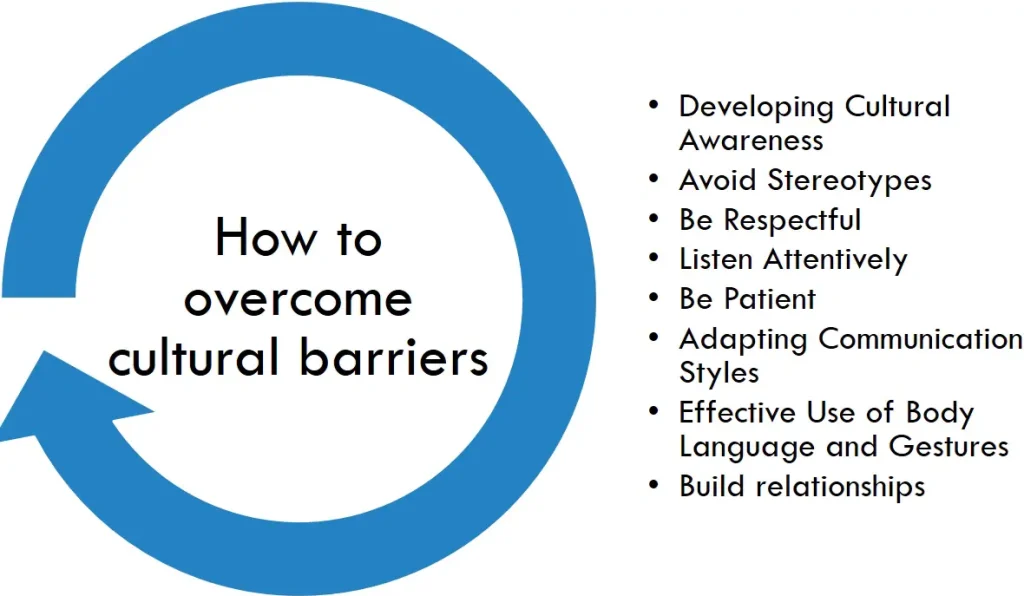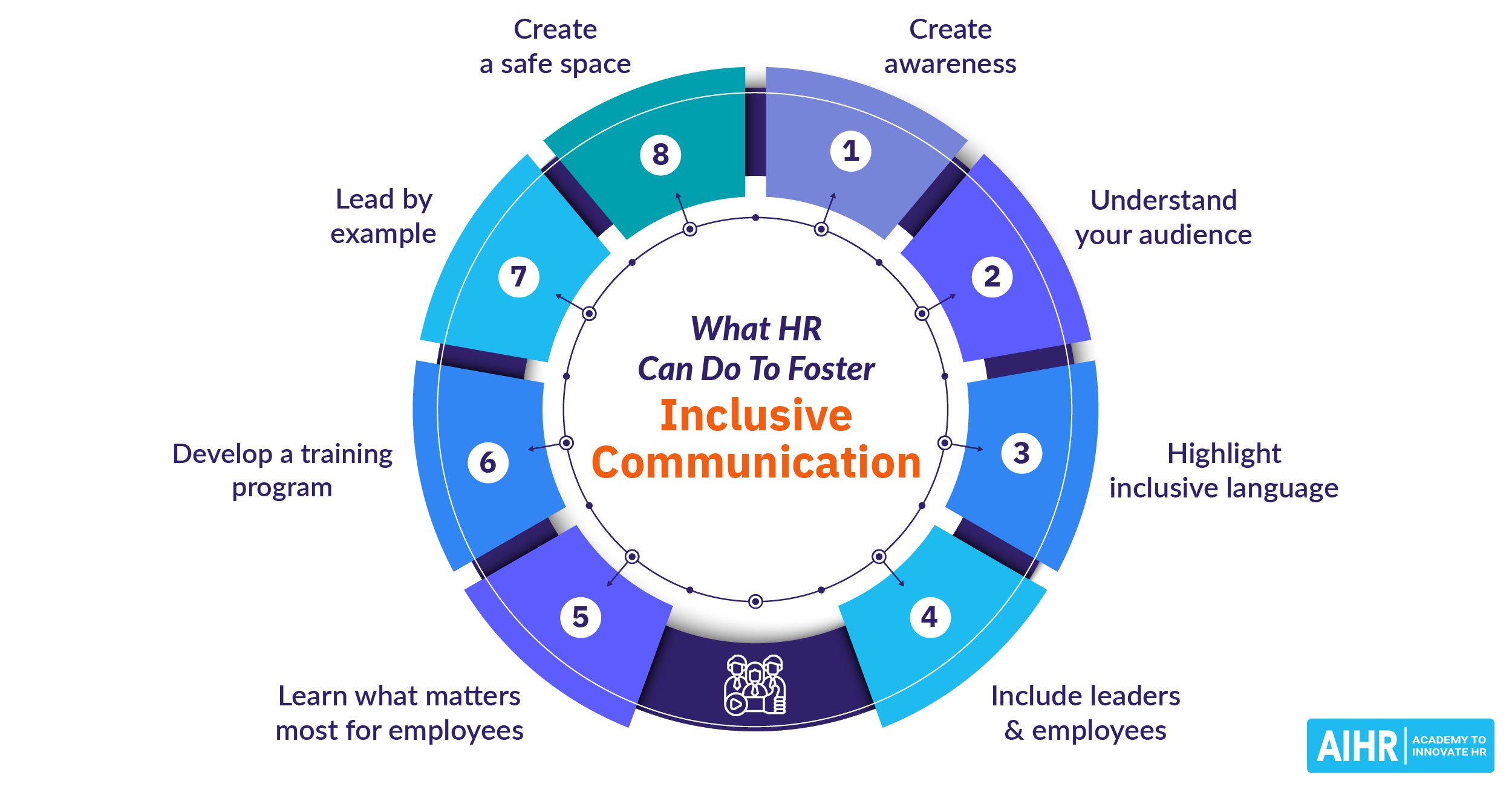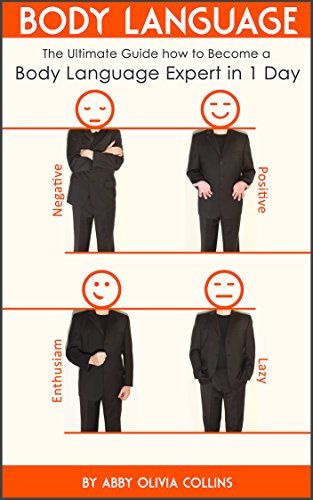How Can Body Language Affect Communication in a Diverse Workplace
Body language plays a crucial role in communication. It can impact how messages are understood.
Understanding body language is vital in a diverse workplace. Non-verbal cues, like gestures and facial expressions, can convey powerful messages. These cues often speak louder than words. In a multicultural setting, misinterpretations can happen easily. Different cultures have varied meanings for the same gestures.
A thumbs-up might be positive in one culture but offensive in another. This can lead to misunderstandings and conflict. Recognizing and respecting these differences can improve workplace harmony. By being mindful of body language, you can foster better communication and a more inclusive environment. This helps in creating a positive and productive workplace for everyone.
Importance Of Body Language
Body language helps to show our feelings. It can make words stronger. People understand us better. Gestures, eye contact, and posture play a big part. They help to show trust and respect. Sometimes, body language speaks more than words. It can help avoid confusion. This is important in diverse workplaces.
First impressions matter. Body language shapes these impressions. Smiles, nods, and open arms can show friendliness. Crossed arms or no eye contact might seem rude. People from different cultures read body language differently. Understanding this can improve relationships. Clear body language helps everyone feel welcome.

Credit: www.simpplr.com
Cultural Variations
Body language is different in each culture. Some gestures mean different things. A thumbs-up can be good or bad. In some places, eye contact shows respect. In others, it is rude. Smiling can show happiness or discomfort. Understanding these cues is very important.
Hand movements are not the same everywhere. Nodding can mean “yes” or “no”. Facial expressions can show feelings. But, they might be misread. For clear communication, learn about these differences. It helps everyone understand each other better.
Building Trust
Eye contact can build trust in a diverse workplace. It shows you are listening. People feel valued when you make eye contact. It can also show confidence. But remember, too much eye contact might seem aggressive. Balance is key. Learn the right amount for different cultures. This helps in making everyone comfortable.
Open posture is welcoming. It shows you are approachable. Keep your arms relaxed. Don’t cross them. Stand or sit facing the person. This shows you are engaged. People feel more at ease. Open posture can reduce misunderstandings. It helps in clear communication. Everyone feels included.

Credit: oratoryclub.com
Enhancing Understanding
Facial expressions show our feelings. A smile means happiness. A frown means sadness. Raised eyebrows show surprise or interest. These expressions help us understand each other. In a diverse workplace, they bridge language gaps. They make communication clearer. They are a universal language. Everyone understands them.
Physical proximity affects comfort levels. Standing too close feels uncomfortable. Standing too far seems distant. Different cultures have different space needs. Knowing these differences helps. It avoids misunderstandings. It shows respect. It improves workplace harmony. Proper distance builds trust. It enhances communication.
Potential Misinterpretations
Body language varies across cultures. A gesture in one place may mean something else somewhere else. Nodding can mean “yes” in some cultures and “no” in others. Eye contact is polite in some places, but rude in others. Personal space comfort differs too. Some like close contact, others prefer distance. These differences can cause misunderstandings.
Gestures can confuse people. A thumbs up is good in some places but bad in others. Handshakes may seem formal to some but not to others. Smiling can be friendly or seem fake. It’s easy to misread these signals.
Improving Workplace Relationships
Showing empathy and respect can build strong connections. Use eye contact to show you care. Nod your head to show you understand. Keep your arms open, not crossed. This makes others feel welcome. Always listen well. Let people finish speaking before you talk.
Smile often to spread good vibes. Give a thumbs up to show you like something. Use a firm handshake to show trust. A pat on the back can boost someone’s mood. Simple gestures can make a big difference. Always be aware of your body language.
Training And Development
Workshops on body language are very useful. They teach employees how to understand and use body language. This helps in a diverse workplace. Employees learn to recognize different gestures and postures. They also learn what these gestures mean. This makes communication clearer. Everyone feels included and understood. It reduces misunderstandings.
Role-playing exercises are fun and educational. Employees act out different scenarios. They use body language to show feelings. This helps them practice real-life situations. They get feedback from others. This improves their skills. It also builds confidence. Role-playing helps employees connect better with each other. It makes the workplace more harmonious.

Credit: barriersofcommunication.com
Adapting To Virtual Communication
Video conferencing is common in diverse workplaces. Body language is crucial. Facial expressions help convey emotions. Eye contact shows interest and engagement. Keep your background tidy and professional. Sit up straight to show attentiveness. Nod to show understanding. Avoid crossing your arms. This can seem closed off. Smile when appropriate. This makes you approachable. Use hand gestures to emphasize points. Stay focused on the camera. This helps maintain connection. Small actions make a big impact.
Digital body language includes text and online behavior. Punctuality is important. Reply promptly to messages. This shows respect. Use polite language. Avoid using ALL CAPS. It feels like shouting. Emojis can convey tone. Use them carefully. Keep messages clear and concise. Structure emails well. Use bullet points for clarity. Stay professional in online chats. Be mindful of tone. Your words matter. Digital interactions build relationships. Respect and clarity are key.
Frequently Asked Questions
How Does Body Language Impact Workplace Communication?
Body language plays a critical role in workplace communication. It helps convey emotions, build trust, and enhance understanding. In diverse workplaces, effective body language can bridge cultural gaps and foster collaboration.
What Are Common Body Language Mistakes?
Common mistakes include poor eye contact, crossed arms, and aggressive postures. These can lead to misunderstandings or create a negative impression. Being aware of your body language helps improve communication.
How Can Body Language Improve Team Dynamics?
Positive body language, like smiling and nodding, encourages open communication and mutual respect. It fosters a supportive environment and improves team collaboration. Practicing positive body language can enhance overall workplace morale.
Can Body Language Differ Across Cultures?
Yes, body language varies significantly across cultures. Gestures or expressions that are positive in one culture may be offensive in another. Understanding these differences is crucial in a diverse workplace to avoid miscommunication.
Conclusion
Body language plays a vital role in workplace communication. It helps convey emotions and intentions clearly. Understanding diverse body language can improve team harmony. Misinterpretations can be minimized with awareness and practice. Everyone benefits from better non-verbal communication. So, pay attention to gestures and expressions.
They speak louder than words. Improve body language skills to enhance workplace interactions. It’s a powerful tool for effective communication.




